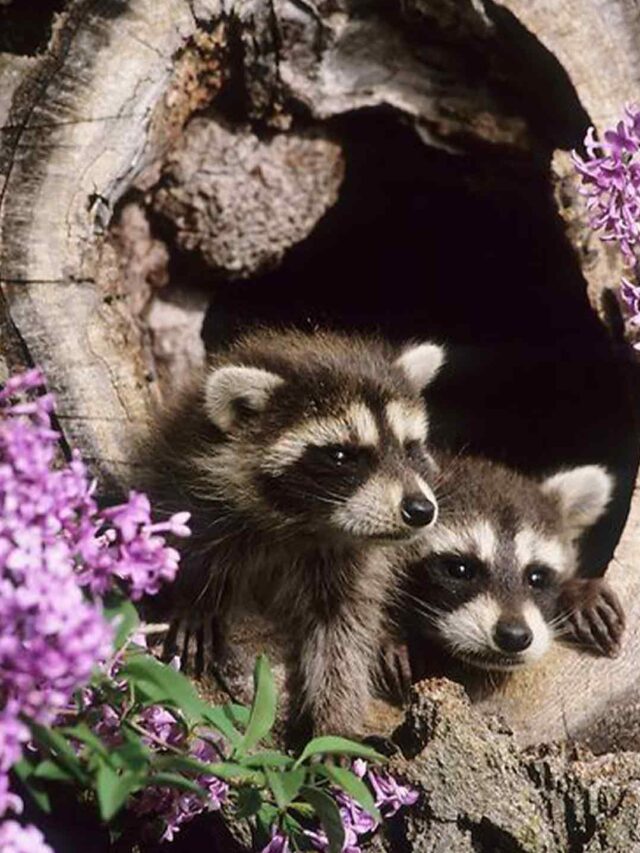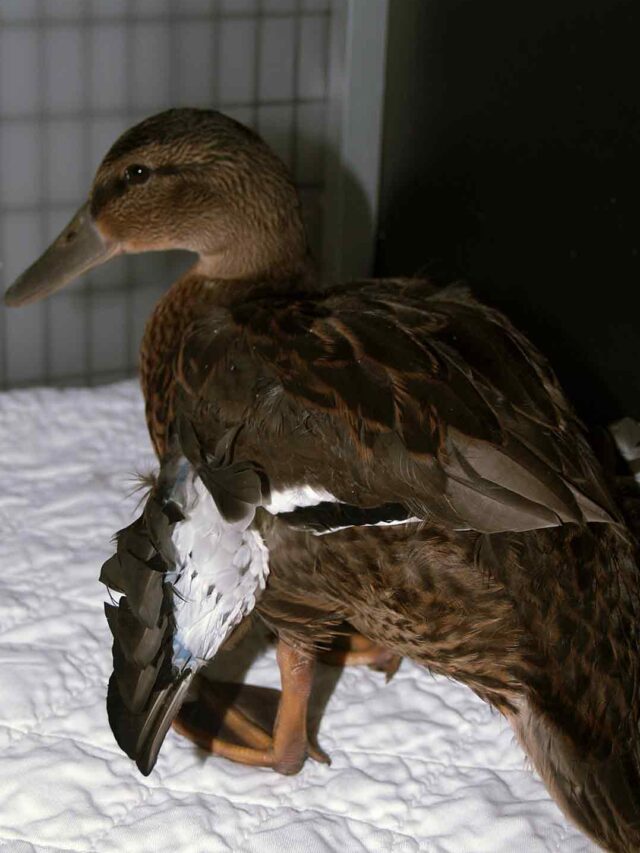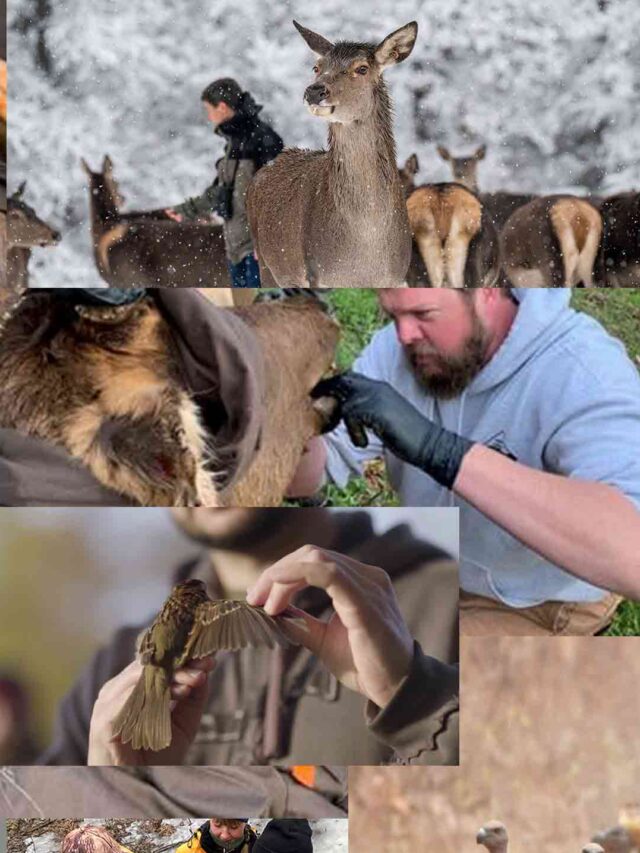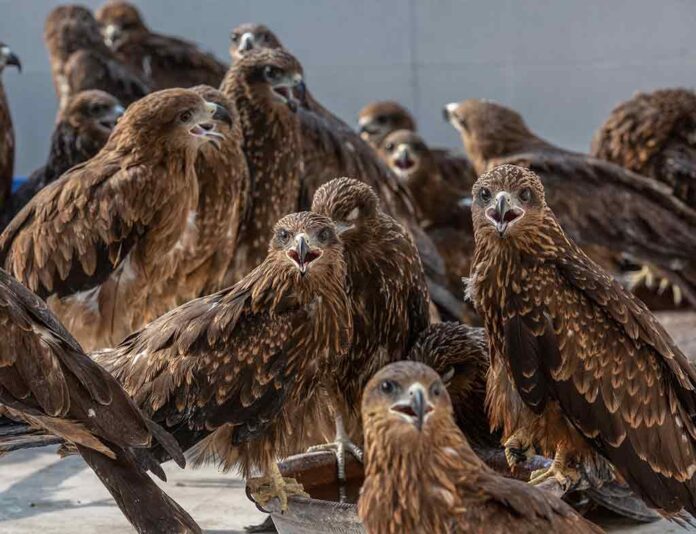
Red Tail Hawk Bird with their striking appearance and impressive aerial displays, Red Hawk Bird United States captivate the imagination of bird enthusiasts and nature lovers alike. In this comprehensive guide, we delve into the fascinating world of red hawk birds, exploring their species, behaviour, habitat, and much more.
Table of Contents
Red Tail Hawk Bird Species: Overview
The term “red-tailed hawk bird” encompasses several species of hawks known for their reddish-brown plumage and distinctive features. Among the most prominent species is the red-tailed hawk (Buteo jamaicensis), renowned for its broad wingspan, rusty-red tail feathers, and piercing gaze. Other red hawk species include the red-shouldered hawk (Buteo lineatus) and the Cooper’s hawk (Accipiter cooperii), each possessing its unique characteristics.
Distinctive Features of Red Tail Hawk Bird
Red Tail Hawk birds in the United States are characterized by their robust build, sharp talons, and keen eyesight, which enable them to hunt with precision. The red-tail hawk, in particular, is distinguished by its reddish-brown plumage, dark band across its belly, and pale underwings. These features serve as adaptations for camouflage and efficient hunting in various habitats, from open fields to forested areas.
Habitat and Distribution
Female Red-tailed hawk birds are widely distributed across North and Central America, inhabiting diverse ecosystems ranging from deserts and grasslands to forests and urban areas. They are often found perched atop tall trees or soaring high in the sky, scanning the landscape for prey. Red-tailed hawks prefer open habitats with abundant prey such as rodents, rabbits, and snakes, while red-shouldered hawks favour wooded areas near water sources.
Behavior and Hunting
Red tail hawk bird are skilled hunters, employing a combination of stealth, agility, and strategy to capture their prey. They primarily hunt small mammals, birds, and reptiles, using their sharp talons to grasp and kill their quarry. Red-tailed hawks are known for their soaring flight patterns, utilizing thermal currents to gain altitude and spot potential prey from above. Once a target is sighted, they dive with astonishing speed and accuracy to secure their meal.
Red Hawk Bird Reproduction
During the breeding season, red-feathered hawk birds engage in elaborate courtship displays, including aerial acrobatics and vocalizations to attract mates. Red-tailed hawks build large stick nests in tall trees or on cliff ledges, where females lay clutches of 1-5 eggs. Both parents take turns incubating the eggs and caring for the young, which hatch after approximately 4-5 weeks. Juvenile red hawk birds undergo a period of intensive growth and development before fleeing and eventually leaving the nest.
Variations in Cooper Red Hawk Species
While Cooper Red Hawk birds in the United States share certain common characteristics, there are notable variations among different species and individual birds. Juvenile cooper red-tailed hawks, for example, have mottled brown plumage and lack the distinctive red tail feathers of adults. Similarly, variations such as leucism, which results in partial loss of pigmentation, can occur in red hawk populations, leading to unique colour patterns and markings.
Significance in Ecosystem
Female red-tail hawk birds play a vital role in maintaining ecological balance and biodiversity within their respective habitats. As top predators, they help regulate populations of small mammals and birds, preventing overpopulation and ecosystem imbalances. Additionally, Female red tail hawk birds serve as indicators of environmental health, with declines in their populations signalling potential threats such as habitat loss, pollution, and climate change.
Red Faced Hawk Bird Conservation
Despite their adaptability and resilience, red-faced hawk birds face numerous threats to their survival, including habitat destruction, pesticide exposure, and collisions with vehicles and structures. Conservation efforts aimed at protecting their habitats, reducing human-wildlife conflicts, and raising awareness about their ecological importance are essential for ensuring the long-term viability of red hawk populations.
Mythology and Cultural Significance
Throughout history, Juvenile red-tailed hawk birds have held symbolic significance in various cultures and mythologies. In Native American traditions, they are revered as symbols of strength, wisdom, and freedom, often depicted in art and folklore. Similarly, Juvenile red-tailed hawk birds have been associated with gods and deities in ancient civilizations, representing power, protection, and divine guidance.
Observing Red Hawk Bird United States in the Wild
For bird enthusiasts and nature lovers, observing red hawk birds in their natural habitat is a rewarding experience. Whether it’s witnessing their majestic flight, witnessing courtship rituals, or observing parental care behaviours, encountering pale male hawk birds up close provides valuable insights into their behaviour and ecology. Birdwatching hotspots such as national parks, wildlife refuges, and nature reserves offer ideal opportunities for observing pale male hawk birds in the wild.
Interesting Facts About Red-Tailed Hawk Bird in the United States
- Hawks with banded tails in the United States are one of the most widespread hawk species in North America, with populations found from Alaska to Panama.
- Red hawk birds are known for their distinctive “kree-ee-ar” call, which serves as a territorial display and communication signal between individuals.
- The Red Tail Hawk Bird feathers of red-tailed hawks are not exclusive to adults; juvenile birds acquire them gradually through moulting over several years.
- Red hawk birds exhibit remarkable adaptability to urban environments, often nesting on skyscrapers, bridges, and other man-made structures in cities and suburbs.
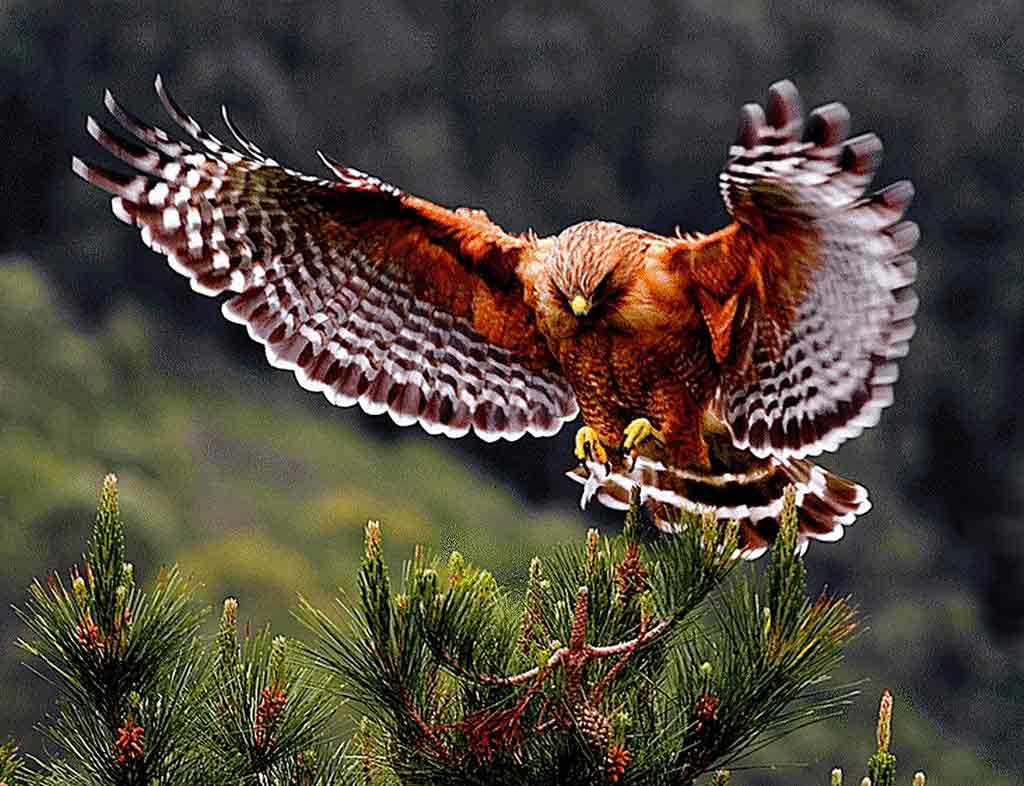
Wildlife Ecology in the United States
https://en.wikipedia.org/wiki/Red-tailed_hawk
FAQs
-
Are red-tailed hawk birds endangered?
- Red Tail Hawk Bird are not considered endangered; however, habitat loss and human activities pose threats to their populations in certain areas.
-
How can I attract copper red hawk birds to my backyard?
- Providing suitable habitat features such as tall trees, open spaces, and natural food sources can attract red hawk birds to your backyard.
-
Can red-faced hawk birds be trained for falconry?
- Yes, red-faced hawks and other red hawk species are commonly used in falconry due to their intelligence, agility, and hunting prowess.
-
Do red-tail hawk birds migrate?
- Red-tail hawks are non-migratory residents in many parts of their range, while others may migrate short distances in response to changing seasonal conditions.
-
How can I help conserve red-tailed hawk birds?
- You can support red-tailed hawk bird conservation efforts by advocating for habitat protection, reducing pesticide use, and participating in citizen science projects to monitor their populations.

